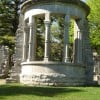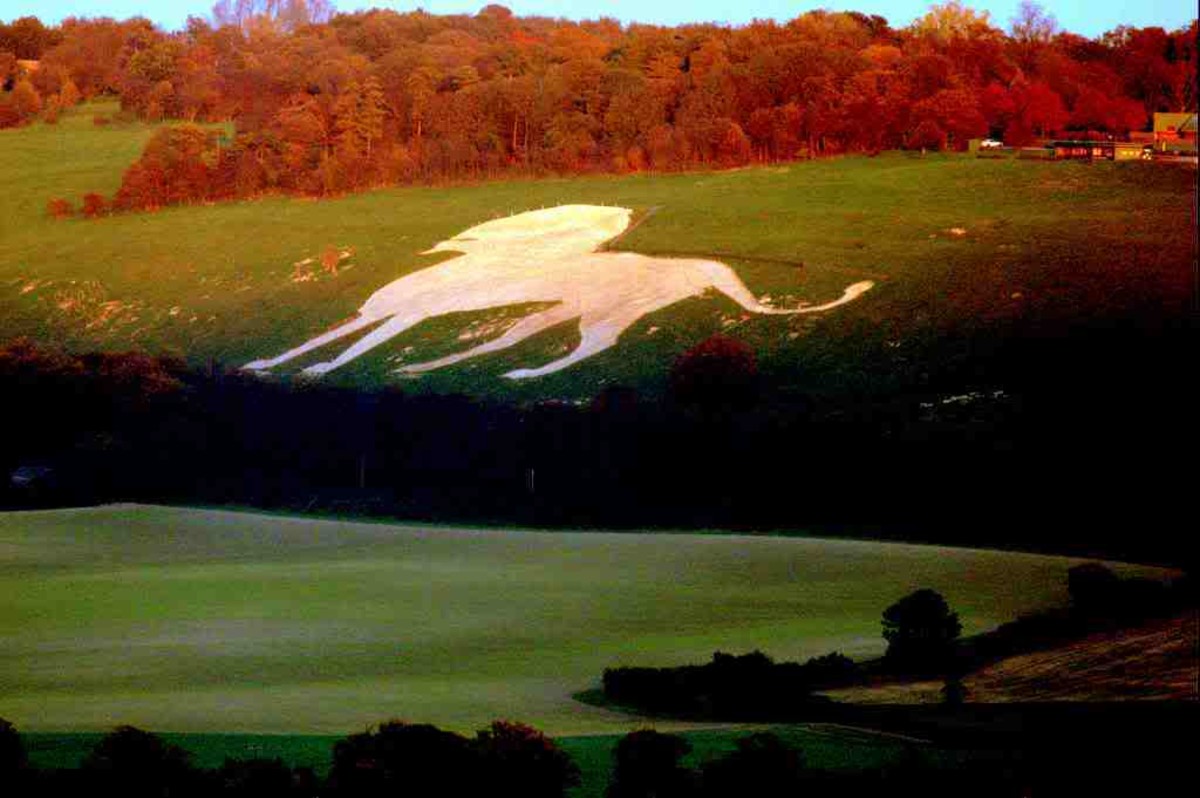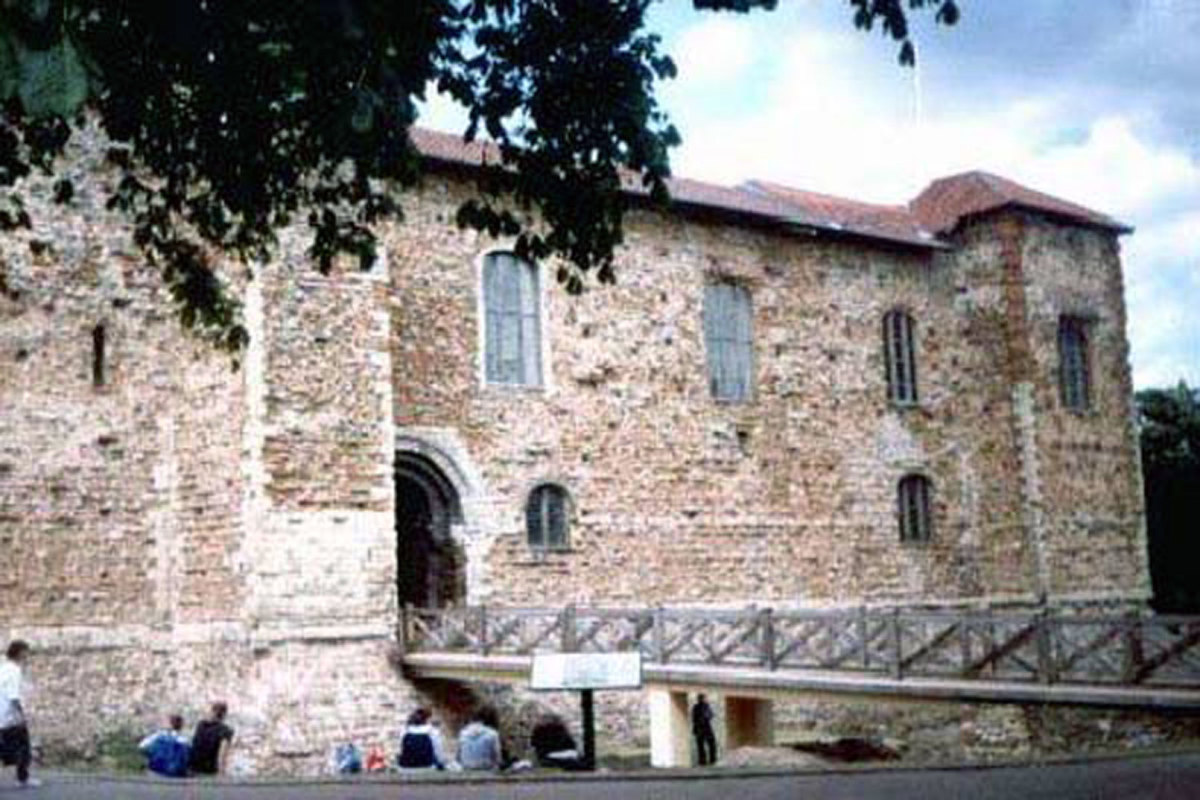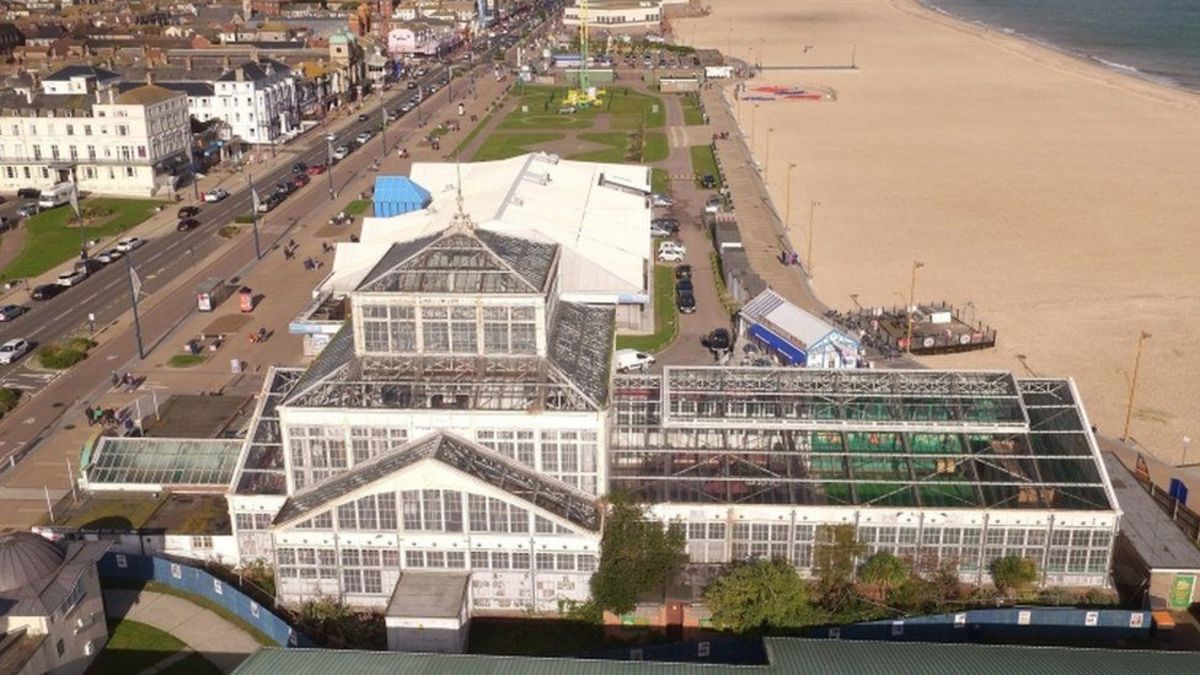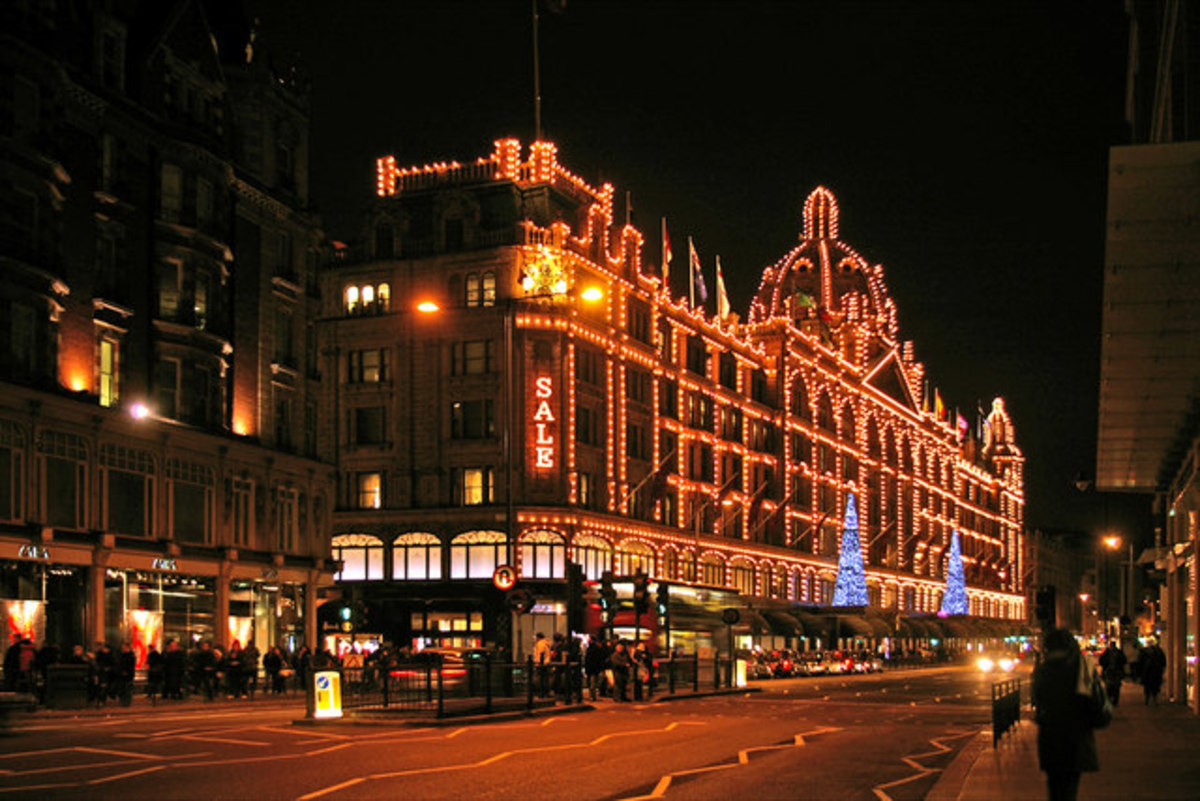- HubPages»
- Travel and Places»
- Visiting Europe»
- United Kingdom
Visiting Oxford Castle and Nuffield College, Oxford, England: memories of Medieval, dark deeds; and cloistered learning
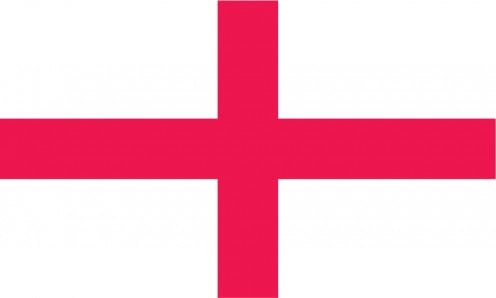
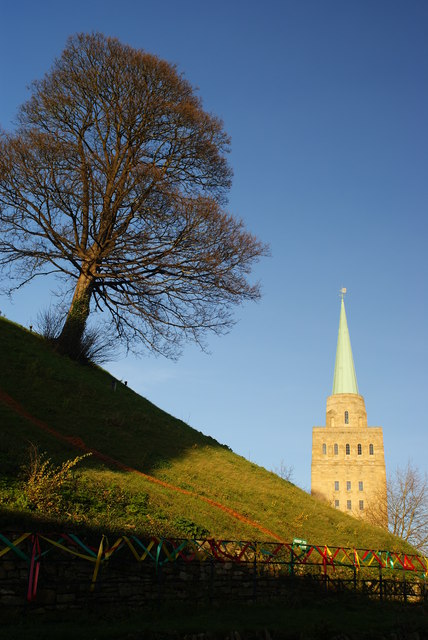
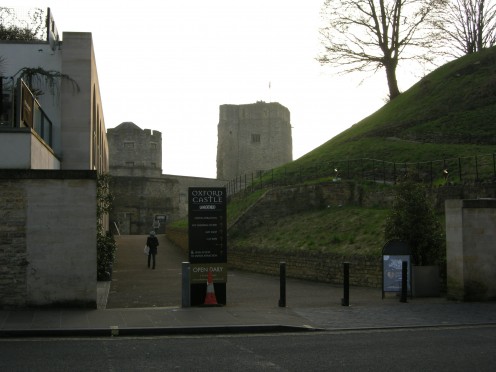
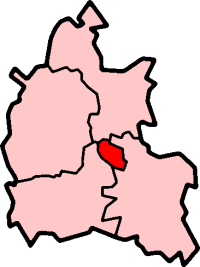
Besieging the Empress Matilda; writing social science theses
This ruined castle in the heart of England is about one thousand years old. Rather a lot happened to England, via events at the castle in the City of Oxford, over many centuries.
Since Oxford Castle and Nuffield College stand next to one another and the main entrance to Nuffield College lies across New Road from the mound of the castle, visiting the castle and visiting this interesting college can sometimes be combined.
Heady events at Oxford Castle
The castle is reckoned to have been built not long after William the Conqueror won the Battle of Hastings by one of William's favourites. Still visibly extant from its earliest days are a prominent mound (the motte), the earth of which must have taken some considerable, Medieval muscle power to shift, and the square-shaped St George's Tower, made of limestone.
In 1171 there was a 200-day period when Empress Matilda, widow of a Holy Roman Emperor, ruled England. Or not quite. At the same time, England was also supposedly ruled by King Stephen. Or maybe not entirely. Nobody really seemed to know. Thus, a Medieval period known as The Anarchy saw Empress Matilda besieged at Oxford Castle, from which she is also said to have escaped (true stories don't get much better than this!): in the dead of night, in winter, clothed in white, any starlit snow blending imperceptibly with the white garments of the surreptitious, resourceful Empress.
Oxford Castle was in subsequent centuries expanded into a proper prison, rather than a makeshift, Empress's one, though at times conditions were not sanguine. On one occasion in 1577, the Lord Lieutenant of Oxfordshire, two knights, 80 gentlemen and an entire grand jury all died of the plague.
During the English Civil War, both Parliamentarian and Royalist garrisons were holed up at various stages in different parts of the city. Later, when the purveying of correctional services was particularly noted as a growth industry, this need Oxford Castle was well placed to supply, given the castle's lessened military potential. Known also to have thrived as the home of many rats in the 18th century, Oxford Castle saw the hanging of various notoriously guilty — and other, maybe notoriously innocent — prisoners, male and female.
After the prison's closure in 1996, hoteliers took advantage of the sudden availability of plenty of fine, residential real estate; indeed, the rats were long gone. But it was harder to fumigate the sense of unease at the idea of guests paying to sleep in rooms from where former residents were dragged to their doom, by appointment with the hangman. So it was decided not to use the condemned prisoner section for hotel residency purposes; guests may thus be well assured that their accommodations are not haunted by the ghosts of the justly — or unjustly — condemned.
Some features of Nuffield College
Although Oxford University is nearly as old as Oxford castle, Nuffield College is actually — and despite its 'traditional' look — one of the modern, 20th century Colleges. (Merton College dates from 1264; Balliol College from 1284: it's hard to call Nuffield, founded in 1937, anything but 'modern'.) However, the College also retains a 'cloistered' appearance. After initial hesitations, the architect Austen Harrison (who had previously been responsible for the Rockefeller Museum, Jerusalem) designed buildings in two quadrangles which reflected Cotswold style houses. Oxford is known as the 'city of dreaming spires' and Nuffield College makes a major contribution to the skyline with a 46 metre tower topped by a striking spire.
The College was endowed by William Morris, 1st Viscount Nuffield (1877-1963), founder of Morris Motors. It has achieved a number of firsts: among others, the first Oxford College to designate its range of studies to be devoted to the social sciences, the first to admit only graduate students.
The college buildings were complete in 1960. Since the foundation of the college had dated from 1937, this may seem a long time to wait. The issue was that the chosen architect had ideas of his own, the experts in economics wanted to exercise economy and Lord Nuffield, who was footing the bill, did not particular feel bound to either viewpoint. In the end, Lord Nuffield's views prevailed (amazing!), after a great deal of planning and vigorous discussion. World War Two also understandably did nothing to expedite the building work, which eventually started in 1949. After completion of the tower and spire in 1956, there followed a succession of architectural commentators who made statements about it which, variously, were wildly critical or disagreeably unkind. One writer disliked the tower — which became the College's library — because it rose 'Manhattan-wise' (as if to say that New York could not possibly be a source of legitimate architectural ideas and comparisons!) Another writer even claimed that the spire lacked historical precedent; this, despite Oxford being known as the 'city of dreaming spires'. It is probably fair to say, however, that, decades later, the criticisms of the tower have been set aside and Nuffield College's tower and spire have become an integral part of Oxford's skyline.
Canadians will note that Nuffield College is where Mark Carney, Governor of the Bank of Canada, fine tuned his professional expertise, as did Martin Feldstein, chief economic advisor to President Reagan; Prime Minister Manmohan Singh of India studied at Nuffield.
Distinguished individuals who have held fellowships at Nuffield College have included the following Nobel Prizewinners: Sir John Hicks (for Economics, shared in 1972), Sir James Mirrlees (for Economics in 1996) and Amartya Sen (for Economics in 1998).
Two towers
So now you can look one way and have visions of an Empress confined at the towered castle, and then look the other way and know there are people in Nuffield College's tower — the college library — researching economic trends and money markets and preparing for a role years hence somewhere between the Old Executive Building, Washington, DC, and Wall Street.
It has been a busy thousand years.
Also worth seeing
Space does not allow even a fraction of Oxford 's visitor attractions to be mentioned properly; but in brief: make sure you see the Radcliffe Camera, the Sheldonian Theatre, and the Bodleian Library, with the 'Bridge of Sighs' at Hertford College and the towers of All Souls College nearby. Magdalen College tower is a major landmark. Also, make sure you know whether you are visiting Christ Church as a Cathedral or Christ Church as a College: they are one and the same place, but the entrances are different (yes, really!). Blackwell's bookstore will keep bookworms busy for hours — or days, if you have the time.
Blenheim Palace , Woodstock (distance: 13 kilometres) is the ancestral home of the Dukes of Malborough, and the birthplace of Sir Winston Churchill.
Bladon (distance: 13 kilometres); its parish church contains the graves of Sir Winston Churchill, and other members of the Churchill family.
Stratford-upon-Avon (distance: 83 kilometres) has Shakespeare's Birthplace, the Royal Shakespeare Theatre, and Anne Hathaway's Cottage.
Bletchley Park, Bletchley (distance: 66 kilometres) was the home of the codebreakers' school in World War Two, at which many German Enigma messages were decrypted and where Alan Turing and others developed the computer; it houses the National Museum of Computing.
...
How to get there : Continental Airlines flies from New York Newark to London Heathrow Airport, where car rental is available. Distance from Heathrow Airport to Oxford: 77 kilometres. Rail services are maintained between London Paddington and Oxford railroad stations. Travellers should be advised that some facilities may be withdrawn, without notice. For up to date information you should check with the airline or your travel agent
MJFenn is an independent travel writer based in Ontario, Canada.
Other of my hubpages may also be of interest
- Visiting Caerphilly, Wales: its remarkably well-preserved castle
- Visiting Clare Hall, Cambridge: intimate haven of quietness for the more mature scholar
- Visiting College Green, in Dublin, Ireland: the old Parliament and the old University at the centre
- Visiting Wantage Hall, Reading University, England: traditional academic architecture with gatehouse
- Visiting Canada House, London, England: splendid, Canadian hub on historic Trafalgar Square
